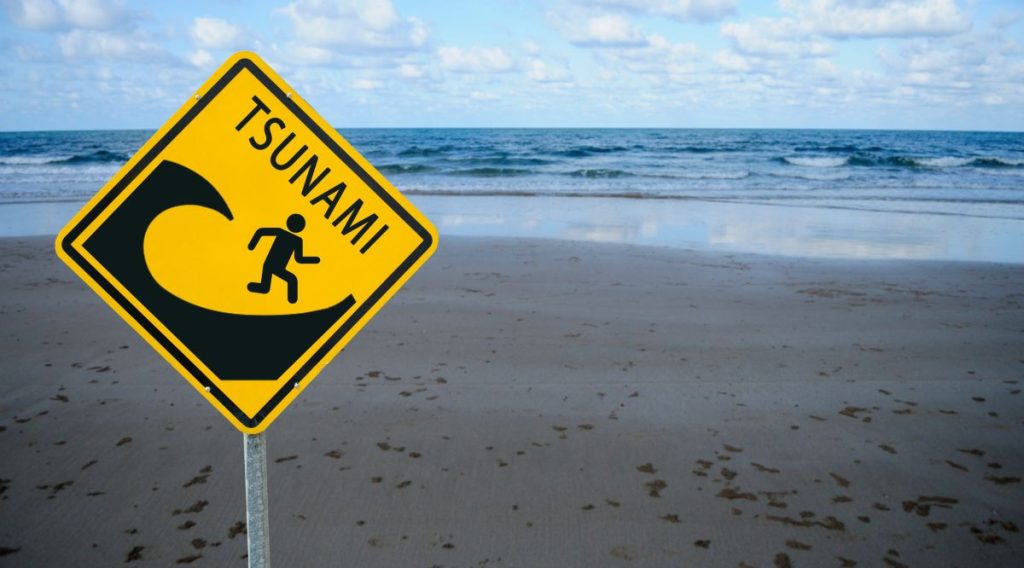8.8 Earthquake Rocks Russia—Tsunami Chaos Follows
Others are reading now
Living near the Pacific Ocean comes with risks. Earthquakes and tsunamis are part of life in countries like Japan, Chile, and even parts of the United States.
But the recent earthquake off Russia’s Kamchatka Peninsula was different. It was big. The kind of quake that puts everyone on edge.
An 8.8 magnitude earthquake struck off Kamchatka’s coast, reports 20Minutos. It happened deep underwater, in a region known for tectonic activity.
Fukushima Nuclear Plant Workers Evacuated
Tsunami warnings were issued quickly. Countries around the Pacific scrambled. Japan, Russia, China, the United States, and several others ordered evacuations or raised their alert levels.
Waves several meters high hit Japan, the U.S., and parts of Russia. Japan evacuated over two million people.
Also read
This included workers at the Fukushima nuclear plant. In Hawaii and Guam, people were told to leave coastal areas. Alaska was also put on alert. So far, the West Coast of the U.S. has reported some rising sea levels, but no major damage.
In Japan, one death has been reported. A 58-year-old woman died while trying to evacuate. Authorities say the threat is decreasing, but strong currents are still possible. People are being warned to stay away from beaches and ports.
A Massive Shift in the Seafloor
The Kamchatka region was hit again later by a 6.2 aftershock. Scientists say there could be more. Some could be nearly as strong as the main quake.
According to experts, the original earthquake caused a massive shift in the seafloor. That’s why the tsunami threat was taken so seriously.
Many Pacific countries have now lowered their warnings. In the Philippines, Taiwan, and China, alerts were canceled after sea levels stayed mostly calm. Still, everyone is staying cautious.
Also read
Juanma Moreno, the president of Spain’s Andalusia region, was visiting Japan when the quake hit.
He said things felt calm in Tokyo but noted that the Japanese know how to respond. He added that natural disasters like these are part of life in Japan and people are well-prepared.
It’s a reminder that nature doesn’t wait. And when it strikes, even modern countries must move fast to stay safe.


